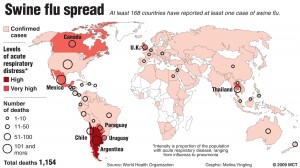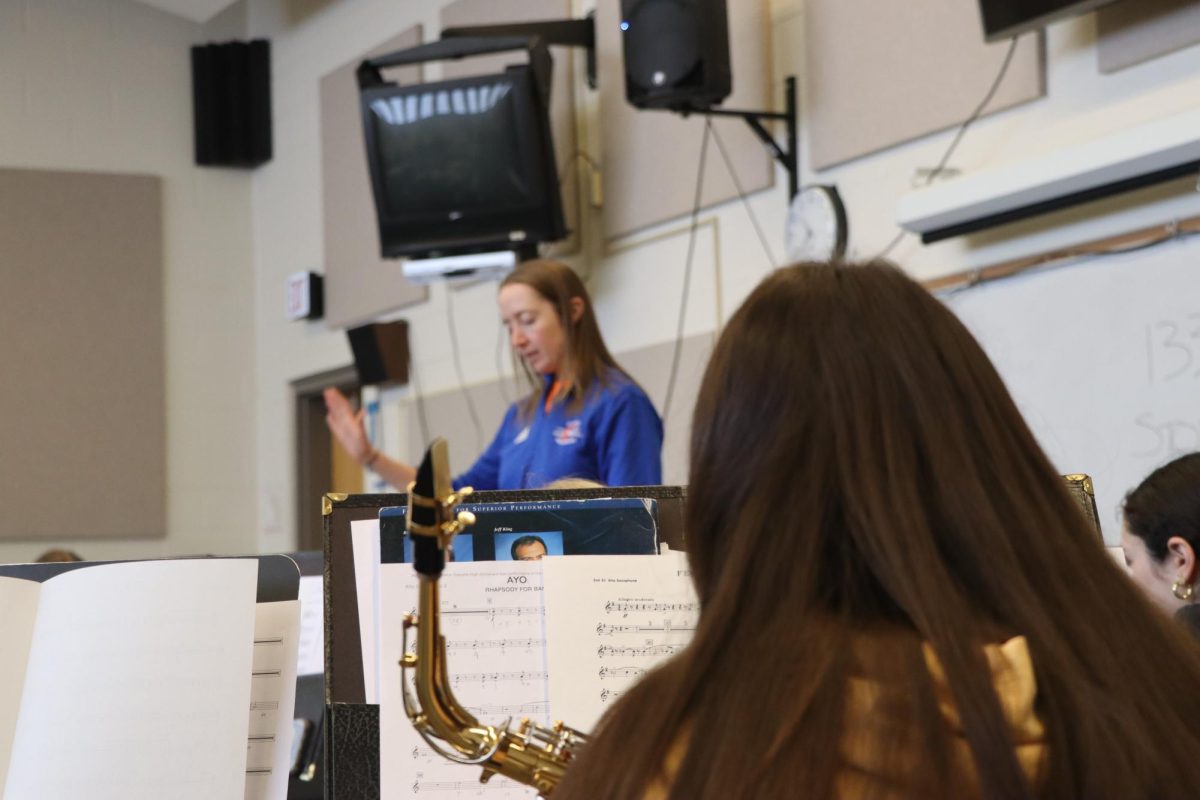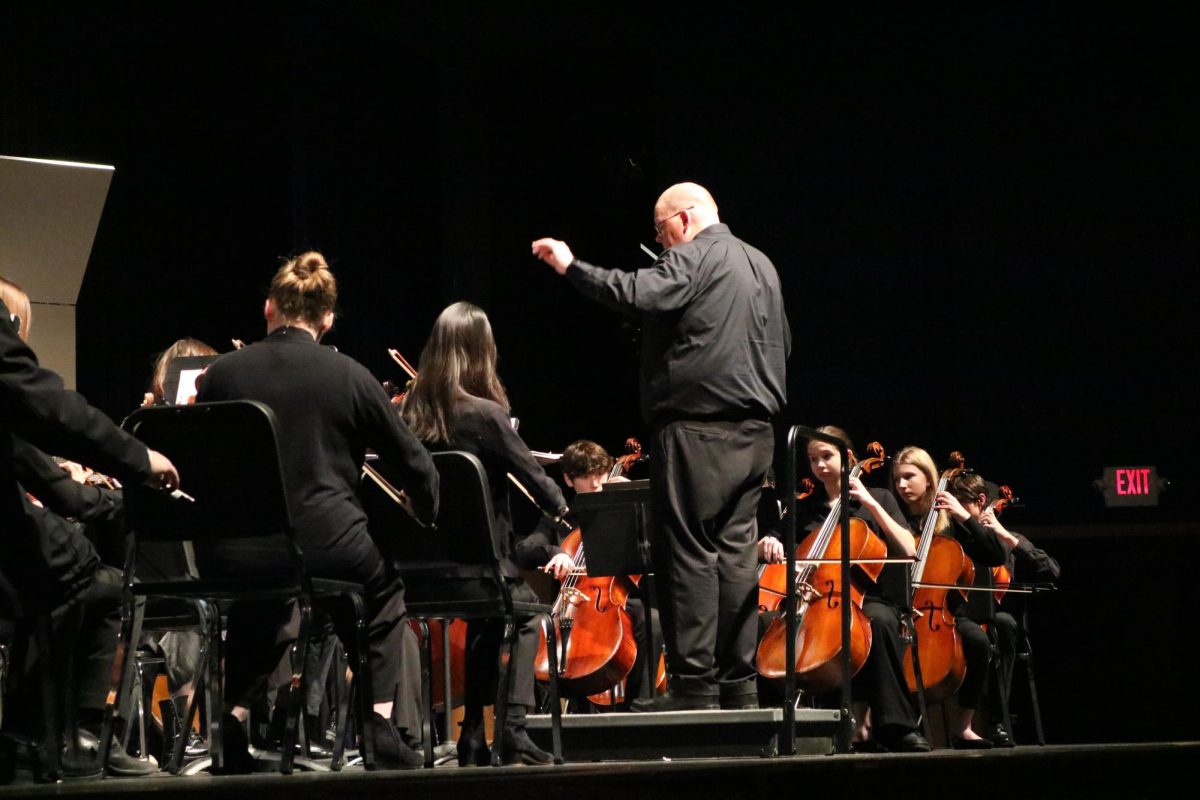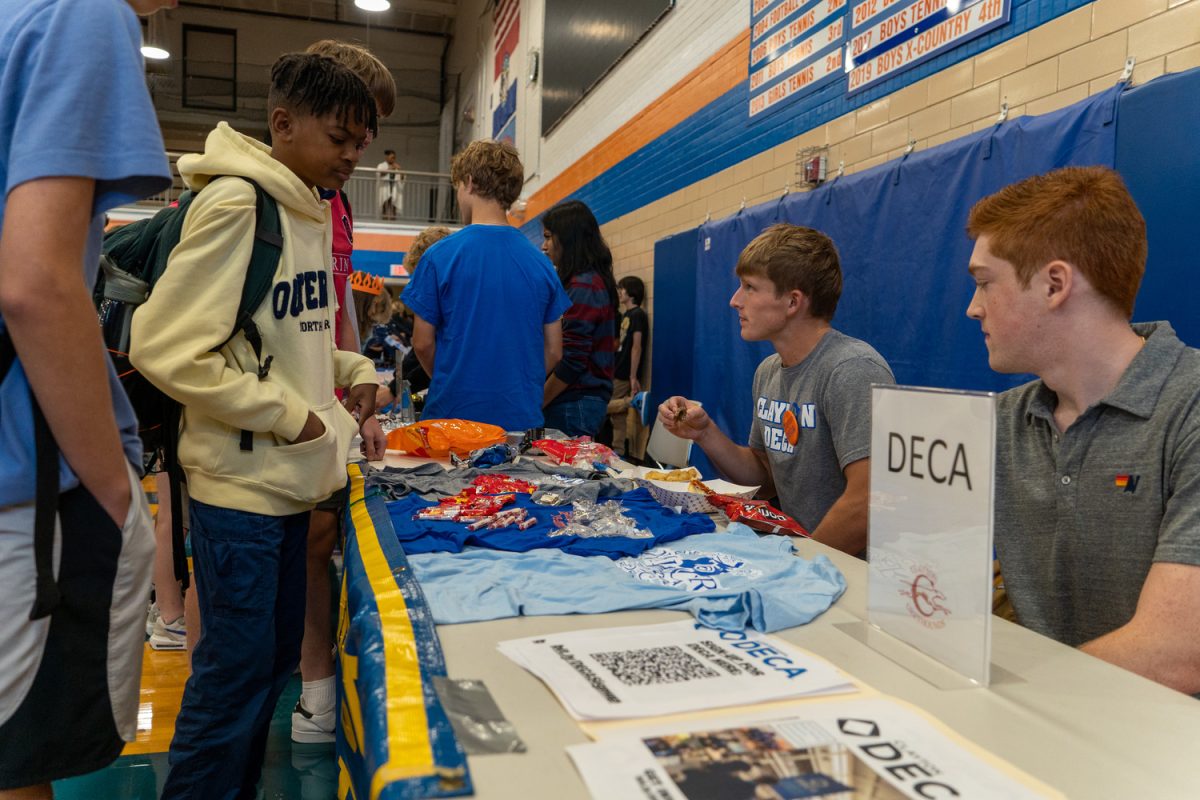By Noah Eby

Despite a relatively quiet summer for the H1N1 swine flu, the disease is expected to return this fall and winter with greater strength. The CDC estimates that up to 40 percent of Americans could become infected and hundreds of thousands could die in the next two years if a vaccine campaign is not effective.
Dede Coughlin, CHS School Nurse and K-12 Health Services Coordinator, said that she expects to see something very similar to the southern hemisphere’s flu season this fall.
“We’re just getting information back from the southern hemisphere where it’s winter, and there has been a pretty constant–not overwhelming, but constant–showing up of H1N1, so I assume that we would have the same thing,†Coughlin said.
The H1N1 virus is formed by a combination of human, pig, and avian genes. Symptoms include fever, cough, sore throat, runny or stuffy nose, body aches, headache, chills and fatigue. Some infected people have also been reporting diarrhea and vomiting. Unlike the seasonal flu, which normally infects the elderly or very young, the median age of swine flu victims is from 12 to 17 years of age, according to the World Health Organization (WHO).
As of July 31, the WHO reports 162,380 cases of swine flu spanning 168 countries and 1154 deaths. However, these numbers are underestimates, since countries are no longer required to report individual cases. In the U.S., there have been roughly 6,506 hospitalized cases and 436 deaths, according to the Centers for Disease Control and Prevention (CDC).
Over the summer, numerous local summer camps saw outbreaks of the H1N1 flu. Over 50 people became sick and seven cases of swine flu were confirmed at a church camp in Barry County, Missouri, and five children were suspected of having the swine flu at Sherwood Forest Camp in Lesterville, MO, the site of Wydown Middle School’s sixth grade camp. The CDC reported that over 50 summer camps across the country were struck by outbreaks.
As the flu season nears, the main focus of the CDC and other authorities has been to develop and distribute a vaccine. Saint Louis University was chosen as one of eight locations in the U.S. to hold a clinical trial for the vaccine. Hundreds volunteered for the study, which will help determine the correct dosages and timing for the vaccines. Time is of the essence, as the government hopes to have doses of the vaccine available by October.
“The government has ordered huge amounts, hundreds of millions of doses of the vaccine, and so it is a matter of how quickly the pharmaceuticals can manufacture that and get it shipped out,†Dr. Sharon Frey of SLU told KTVI. “Everyone is working very hard to get it out very rapidly.â€
The vaccine, which is not live, is comprised of two shots that are to be taken a month apart. Coughlin said that health authorities are also working on a nasal spray vaccine for younger children. Due to their environment, schools are high on the list of outbreak risks. The CDC has labeled students and teachers as a top priority group for receiving the vaccine.
According to Chris Tennill, Director of Communications for the School District of Clayton, St. Louis County is supposed to receive its first shipment of the vaccine on Oct. 15, and voluntary vaccinations for all students and staff will be available soon afterwards, free of charge.
“We’re working with St. Louis County to set up and start immunizing all of our students and staff starting about mid-October,†Tennill said. “Our Clayton students and staff are going to have access to the H1N1 vaccine probably about 4 or 5 weeks before the general public.â€
Coughlin said that the normal nursing staff will not be involved in the vaccination process. Instead, substitute nurses will travel from building to building to administer vaccinations.
In terms of preventative measures, Coughlin said H1N1 is “going to be managed and prevented exactly like regular seasonal flu.†Coughlin stressed washing hands, covering coughs, and staying home when sick. However, she said she worries some children may choose to ignore symptoms.
“The biggest danger I see is that kids, particularly in the high school because it’s so fast paced, they know they’re sick and they come anyway,†Coughlin said. “What ends up happening is if you walk into my office seventh period and you’ve got a temperature of 102, then you’ve probably sat next to 180 kids by then. So the big push is for parents to be aware of how their kids are feeling, to keep them home when they’re sick, and not to send them back until they’re well.â€
As for school closings Tennill and Coughlin both said there is no set policy on when a school must close. However, current guidelines suggest a school closes when so much of its student or teacher population is absent that it is “not worth having school,†according to Tennill. The district will receive guidance from state and local authorities, but Coughlin said the final decision of whether or not to close rests with the administrative office.
“The tricky thing is going to be if there is a school district that gets one or two cases in the fall and then closes, then it puts a lot of pressure on the rest of the school districts in the county area to dictate how we should respond if we start experiencing an outbreak or a number of cases of H1N1 flu,†Tennill said.
Despite the preparations and precautions, Coughlin said that she doesn’t think students will see a change in their day to day lives. The general mentality of the situation is, as Tennill put it, “We’re preparing for the worst, and kind of hoping that we’re wrong.â€






